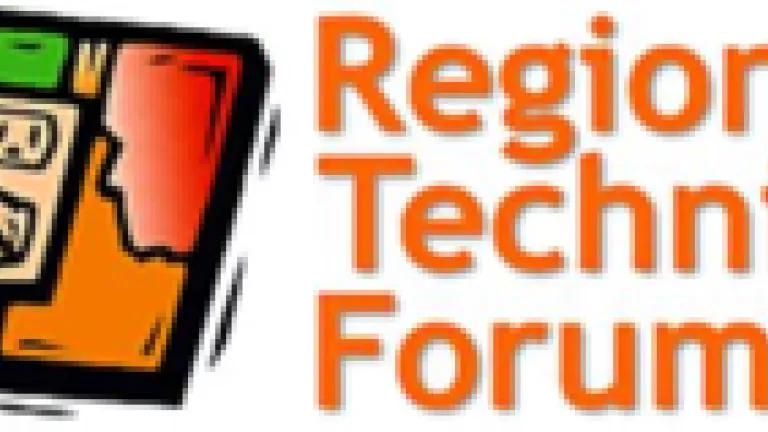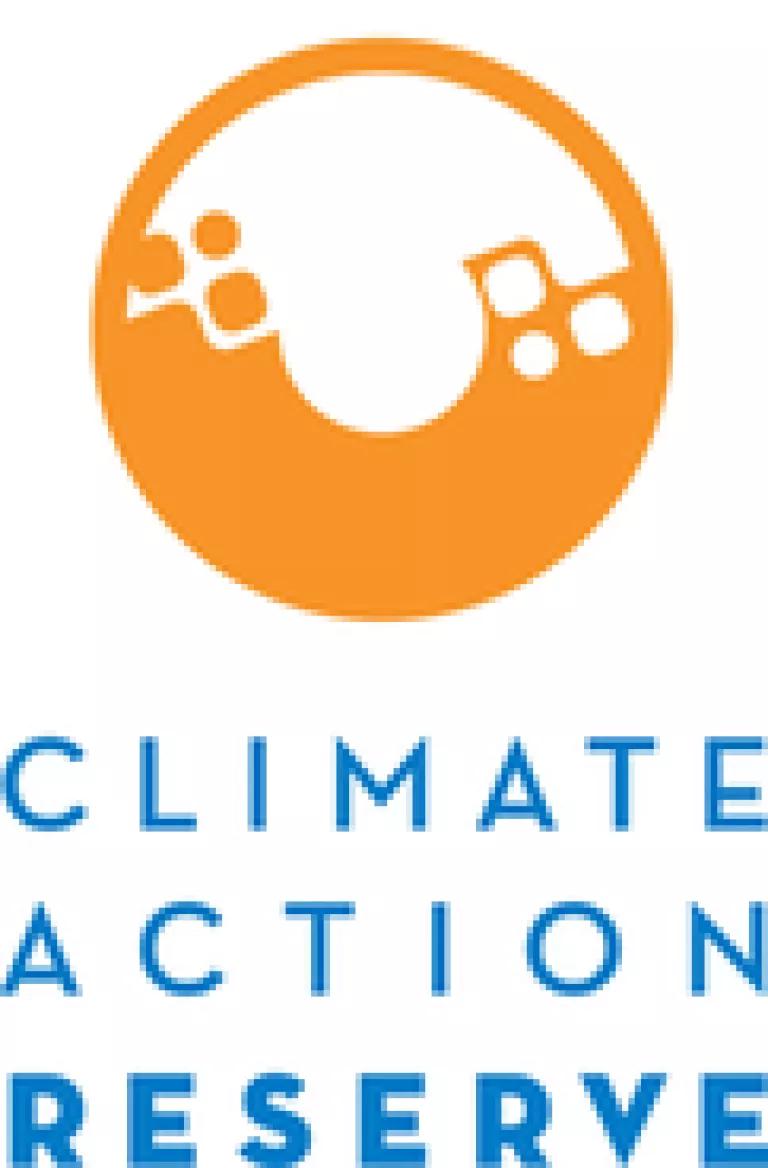
Energy efficiency is California’s top priority and cheapest resource for meeting our energy needs, but controversy over how to evaluate the state’s energy-savings efforts is limiting their potential to save money and slash pollution.
The lead commissioner overseeing energy efficiency at the California Public Utilities Commission (CPUC), Mark Ferron, recently called for a serious look at new approaches to resolve the “thorny technical issue” of establishing energy savings estimates based on successful models in other regions of the country.
Studies show that California must dramatically scale up efficiency efforts to meet our carbon pollution reduction goals under the AB 32 Global Warming Solutions Act. In order to accelerate our progress at getting more work out of less energy, we must build greater confidence in our energy savings estimates.
The Evaluation Challenge
Utilities under the Commission’s oversight currently invest around $1 billion annually in efficiency programs that help customers benefit from hundreds of different energy-saving technologies and practices across all sectors of the economy. While there is no dispute that the efficiency programs are saving lots of energy and money for consumers, accurately measuring the savings and tracking the costs and impacts of all those measures is an enormous challenge for statisticians and engineers.
To safeguard the interests of the utility customers funding these programs, the Commission must review these results in a regulatory proceeding. Disagreement and contention among stakeholders over the highly technical estimates and calculations can make it virtually impossible for the Commission to provide effective oversight.
In addition, savings estimates should be consistent across all of California’s numerous efficiency initiatives, including those not regulated by the Commission. The estimates for a high-efficiency clothes washer, for example, should be comparable for a customer of a public utility and a neighboring private utility. A consistent statewide approach will help ensure the resulting reductions in energy demand are accurately incorporated into the state’s long-term planning.
A Better Approach
Fortunately, a promising model has emerged: assemble a panel of technical experts to review the data, work through technical issues, and develop robust, standardized estimates of measure impacts in an open, transparent process. The estimates are then carefully documented and revisited regularly to ensure they are up to date.
This approach provides a number of benefits:
- Accuracy. Bringing experts together to resolve complicated technical issues is, unsurprisingly, a better approach than asking lawyers and lobbyists to resolve them in a hearing room.
- Credibility. Because the process is open and transparent, all stakeholders can monitor the deliberations of the technical experts and gain confidence in the results. The outcome is viewed as an unbiased resolution of issues rather than a closed-door balancing of political interests. Stakeholder buy-in facilitates Commission decision-making and cross-agency coordination.
California Can Learn From Existing Models
Perhaps the pre-eminent example of this approach is the Regional Technical Forum (RTF) in the Pacific Northwest. The RTF is comprised of up to 30 technical experts that meet monthly to develop efficiency savings estimates and methodologies for use across Washington, Oregon, Idaho and Montana. Although it is purely an advisory body that has no authority over state utility commissions or public utility governing boards, its reputation for credibility and accuracy has resulted in acceptance of the RTF’s estimates, increasing program consistency and regulatory efficiency across the region.

A similar approach has been used for California’s climate change program to account for carbon savings from offset projects, which -- like efficiency evaluation -- involve complicated technical questions and the need to define a baseline, i.e. “what would have happened in the absence of the project?” The Climate Action Reserve (CAR) pioneered the use of a panel of technical experts in a transparent process to develop standardized protocols for estimating greenhouse gas emission reductions.
Establishing a Technical Forum in California
To be effective, a technical forum must be tailored to California’s circumstances and needs. Key issues to be resolved include:
Regulatory vs. advisory: Would the technical forum be advisory or regulatory? A forum with regulatory authority could enforce statewide consistency. But creating such a new entity would undoubtedly require legislative action and it is unclear how it would (or wouldn’t) mesh with the authority of existing agencies. In contrast, an advisory panel couldn’t enforce compliance but, as we see with the RTF and CAR, credibility and accuracy can sometimes be more effective than formal authority.
Political vs. technical: Sometimes advisory body members are selected to represent varied political interests, such as consumers, utilities, and environmental groups. The Regional Technical Forum, however, chooses members based on expertise rather than place of employment and adheres to a strict “conflict of interest” protocol to avoid personal financial conflicts.
Scope: Energy efficiency measurement and evaluation involves a wide range of issues and tasks. A technical forum should begin with a definition of its scope. If it’s too small, the potential for benefits isn’t achieved; too large and it can’t perform. A good place for California to start might be with the values with the greatest impact on portfolio savings and/or greatest uncertainty.
Oversight: Clear lines of oversight and authority will help avoid confusion and controversy. A technical forum would likely be overseen by one or more of the public bodies that oversee California’s public and private utilities. Another option would be for the forum to be designed as an informal advisory body that operates independently. Regardless of which option is best suited for California, there will need to be clear guidelines and responsibilities to ensure all parties are on the same page and that the meetings are efficient and productive.
Resolving these issues won’t be easy, but it would greatly help address the evaluation challenges we currently face and allow California to significantly improve and accelerate its efficiency programs, boost the economy, and meet our climate goals.
